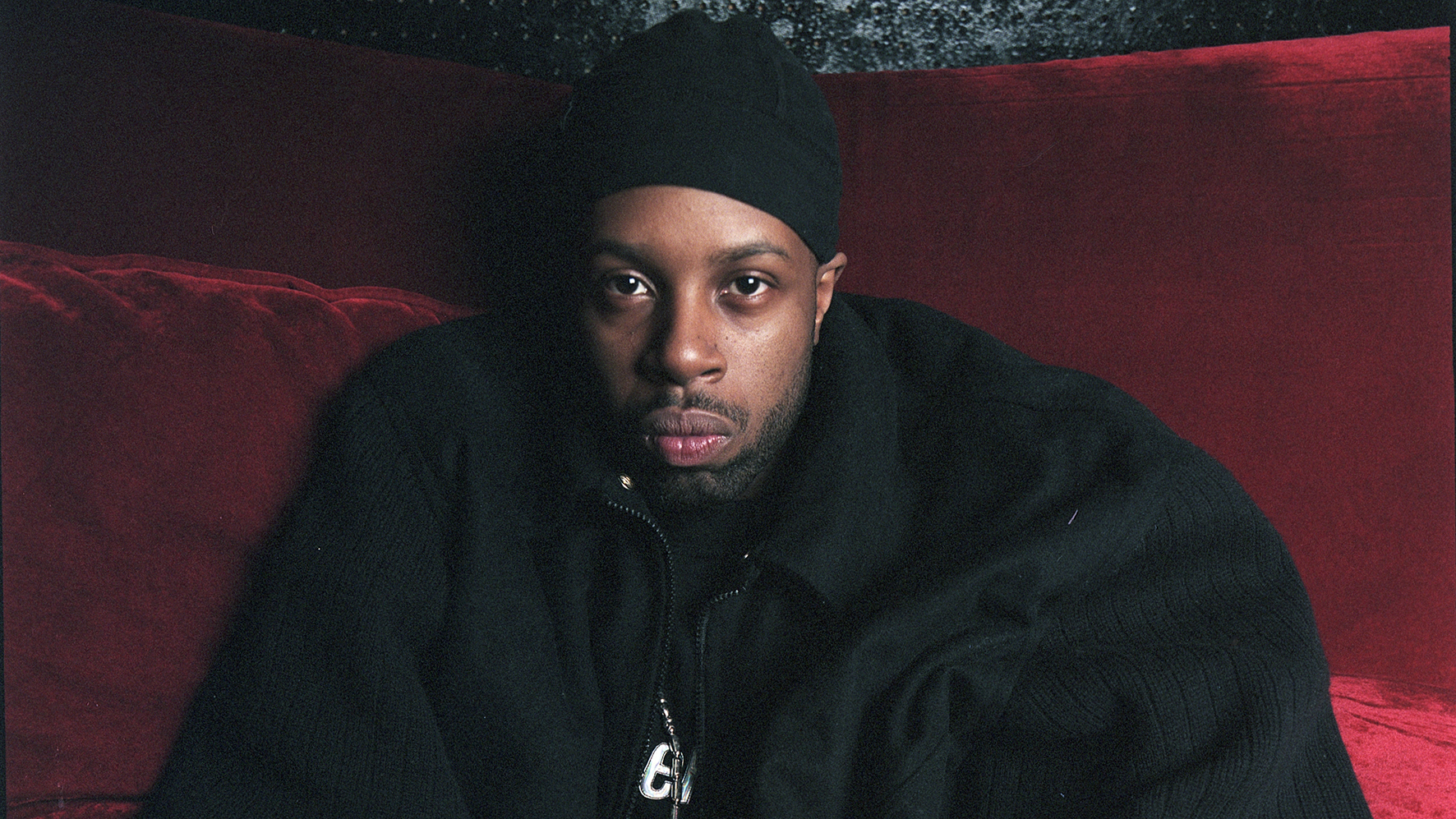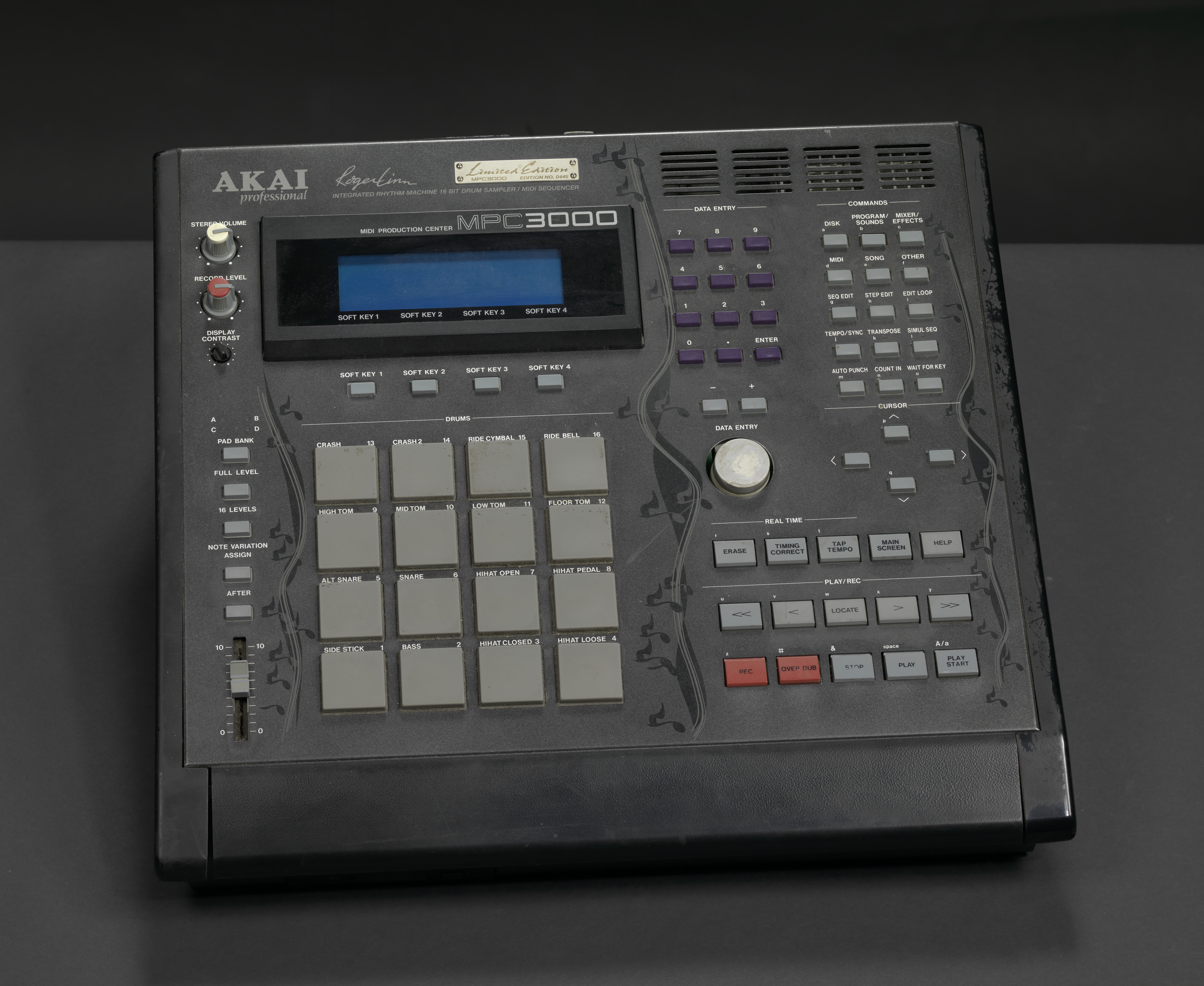Pioneers: How J Dilla and his MPC changed beatmaking forever
Possibly the most revered producer in hip-hop’s five-decade history, Dilla redefined rhythm as we know it

In our Pioneers series, we unpack the genius of the most pioneering artists and producers in musical history. First up, we take on the rhythmic breakthroughs of your favourite rapper's favourite producer: J Dilla.
Possibly the most revered beatmaker in hip-hop’s five-decade history, James Dewitt Yancey - better known as J Dilla or Jay Dee - is one of those rare musical talents that forever alters the direction of not only his chosen genre, but popular music as a whole.
Through his solo releases, his work with Slum Village and his production for The Pharcyde, A Tribe Called Quest, De La Soul and Erykah Badu (to name a few) Dilla’s influence has radiated outward through genres and generations, inspiring everyone from Michael Jackson to Kendrick Lamar.
The producer’s visionary approach to rhythm, his unparalleled ear, and his near-supernatural ability to make magic with an Akai MPC and a turntable sets him apart as a towering figure in musical history with a stature rivalling that of Louis Armstrong, Miles Davis and James Brown.
Testament to his genius is the fact that Dilla managed to achieve this level of impact while only in his youth: the producer died of a rare blood disease in 2006, just a few days after reaching his 32nd birthday.
Born and raised in Detroit, Dilla soaked up jazz, soul, funk and gospel throughout his childhood, but was captivated chiefly by the nascent sound of hip-hop emanating from America’s East Coast: as he reached his teen years, hip-hop too was graduating from infancy to adolescence.
Inspired by acts like Run DMC and Whodini, a young Dilla began to make beats in the only way he could, using an improvised set-up consisting of two modified tape decks. Disassembling and tweaking the machines in order to slow the tapes down, he would sample tapes and build beats simply by using the pause and record buttons on his cassette deck, a technique called ‘pause tape’ production.
Get the MusicRadar Newsletter
Want all the hottest music and gear news, reviews, deals, features and more, direct to your inbox? Sign up here.
On hearing the quality of his pause tape beats, Detroit musician and former Parliament keyboardist Amp Fiddler invited Dilla to his studio, teaching him the basics of the then-revolutionary Akai MPC60, a new sampler and drum machine designed by Roger Linn, building on the innovations he had developed with the LinnDrum and Linn 9000.
Under his instruction, Dilla formed a lifelong bond with the instrument: though he experimented with a number of machines, including the E-mu SP-12 and SP-1200, Dilla ultimately settled on the MPC3000 as his sampler of choice, a machine that’s since become synonymous with the producer - his own MPC is now housed in the Smithsonian Museum of African-American History.

Dilla’s approach to beat-making was almost ritualistic. Every morning, like clockwork, he would arise at 7AM, spending two hours cleaning up his basement studio while listening to an array of records for potential samples. Rather than skip through, hurriedly needle-dropping, Dilla would listen through everything in full, listening patiently for hidden gems buried in the mix.
The producer has been described as a human musical encyclopaedia: his thousands-strong record collection was meticulously arranged, ready to be plundered for the perfect cut the moment inspiration arose.
Much of the remaining day would be taken up by the assiduous crafting of beats, which Dilla turned out in their hundreds, often spending only fifteen or twenty minutes on each idea.
Through this rigorous method, he developed a proficiency with the MPC that enabled him to create a new rhythmic language, a unique approach to timing that stands as the producer’s most enduring contribution to popular music: the "Dilla feel", or Dilla Time.
Gloriously off-grid, Dilla’s beats combined rhythmic elements treated with varying degrees of swing together to produce a near-polyrhythmic take on the classic boom-bap template that was truly pioneering.
Though many of his beats were played in by hand and unquantized, key to Dilla’s rhythmic feel were the advanced sequencing capabilities of his chosen drum machine: unlike many other samplers popular with hip-hop producers, the MPC allowed the user to adjust swing values for each sound and each note individually, as opposed to adjusting the global swing of an entire beat.
While advancements in music technology had previously enabled producers to use drum machines to imitate real drummers, the MPC empowered Dilla to produce rhythms that sounded like nothing any drummer had ever played before - machine-programmed rhythms that would go on to influence how real drummers played.
Through precise adjustments to micro-timing - a kick hits 30ms early here, a snare drags by 30ms there - and the application of irregular amounts of swing to each element of a drum pattern, Dilla created a loose, wonky and instantly recognizable sound that was entirely his own.
Though they’ve since been studied by musicologists at universities across the globe, all it really takes to understand Dilla’s rhythms is to listen, and let your head nod along.
Four key releases in J Dilla's discography
1. The Pharcyde - Runnin'
Dilla was introduced to The Pharcyde through Q-Tip, who mentored the producer in his early years, before Dilla produced seven tracks on their sophomore album Labcabincalifornia.
One of his most recognisable productions, “Runnin’” is built on a fidgety, shuffling beat that stumbles over a sample lifted from Stan Getz’s “Saudade Vem Correndo”. Testament to Dilla’s knack for sample-spotting, “Runnin’” transforms a few notes from a jaunty bossa nova into a certified West Coast hip-hop classic.
2. J Dilla - Another Batch
Sampling everything from Philip Glass to Hall & Oates, this collection of 32 beats was never officially released, but gained a lofty reputation among fans and fellow musicians after being circulated by Dilla in the late ‘90s.
Many of these tracks were made around the time the producer transitioned from the E-mu SP-1200 to the MPC3000 and began to perfect his uniquely off-kilter sense of rhythm and timing.
3. Slum Village - Get Dis Money
Dilla formed rap trio Slum Village in high school with friends Baatin and T3. A highlight of the group’s Dilla-produced second album, Fantastic Vol. 2, “Get Dis Money” sees the producer upending hip-hop convention by refusing to place a kick on the downbeat.
Based around a decelerated and uneven seven-bar loop of Herbie Hancock’s “Come Running To Me”, the track’s unorthodox structure jumps between sections of irregular lengths.
4. J Dilla - Donuts
Dilla’s final solo album, Donuts was recorded in the months leading up to his death, much of it using a Boss SP-303 sampler hooked up to a portable 45-rpm turntable during Dilla’s time in the hospital.
Sampling records brought to him by his mother and friends, Dilla wove together samples both recognisable and obscure in a daringly eclectic collage that remains one of instrumental hip-hop’s most imaginative and influential recordings.



I'm MusicRadar's Tech Editor, working across everything from product news and gear-focused features to artist interviews and tech tutorials. I love electronic music and I'm perpetually fascinated by the tools we use to make it. When I'm not behind my laptop keyboard, you'll probably find me behind a MIDI keyboard, carefully crafting the beginnings of another project that I'll ultimately abandon to the creative graveyard that is my overstuffed hard drive.
“I’m looking forward to breaking it in on stage”: Mustard will be headlining at Coachella tonight with a very exclusive Native Instruments Maschine MK3, and there’s custom yellow Kontrol S49 MIDI keyboard, too
“Turns out they weigh more than I thought... #tornthisway”: Mark Ronson injures himself trying to move a stage monitor









